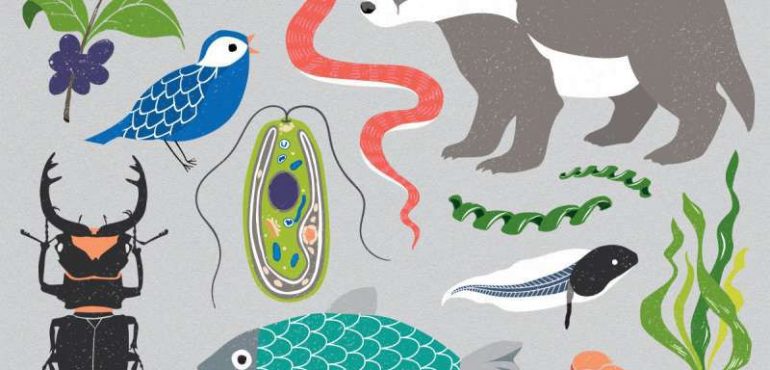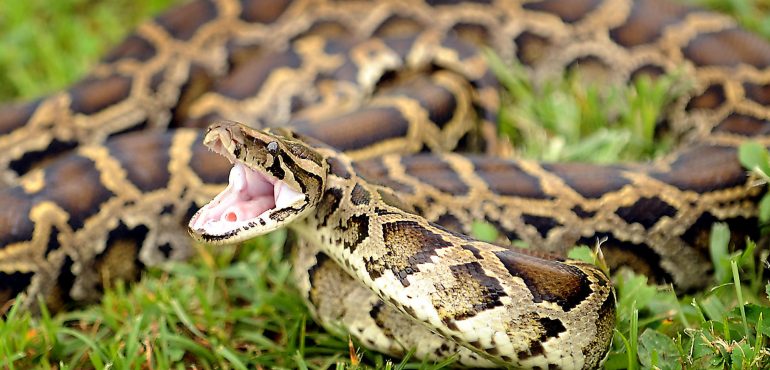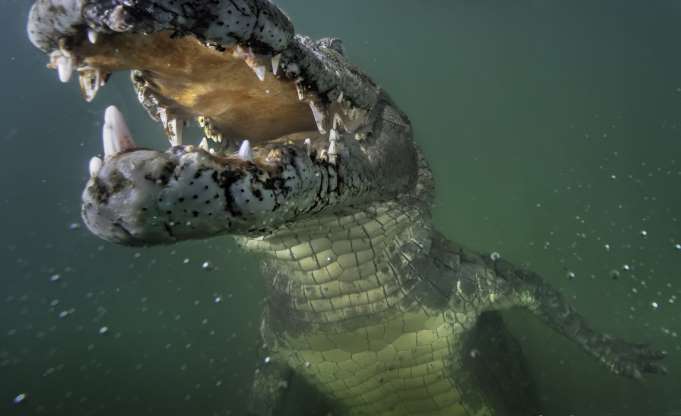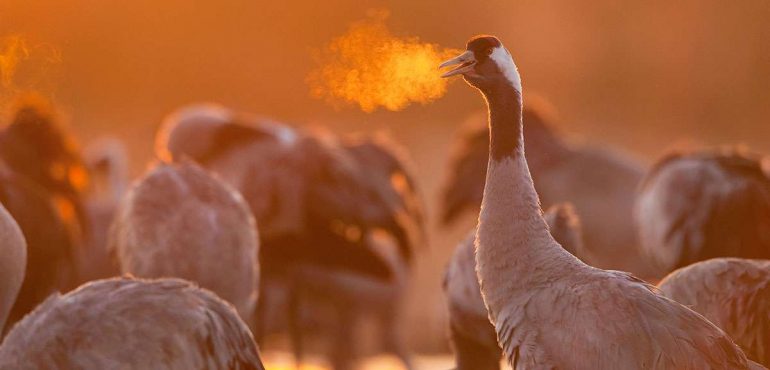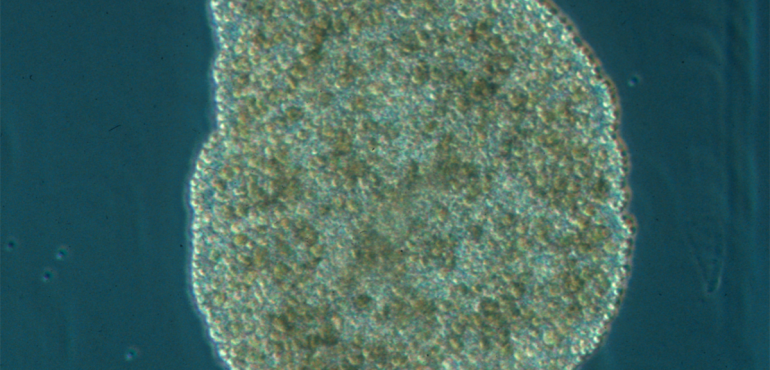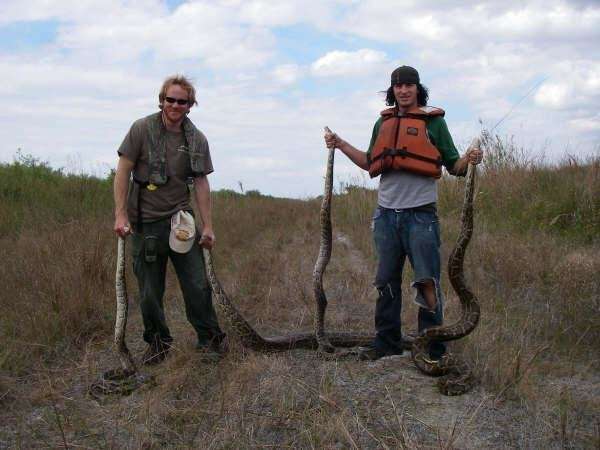A team of scientists designed a device that can induce partial hindlimb regeneration in adult aquatic African clawed frogs (Xenopus laevis) by "kick-starting" tissue repair at the amputation site. Their findings, appearing November 6 in the journal Cell Reports, introduce a new model for testing "electroceuticals," or cell-stimulating therapies. "At best, adult frogs normally grow back…
Read more
Bioreactor device helps frogs regenerate their legs


